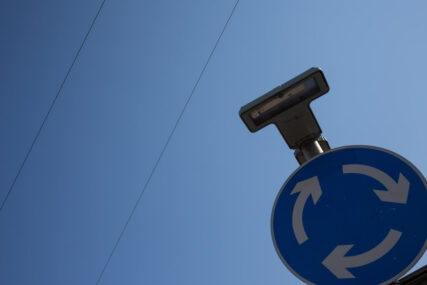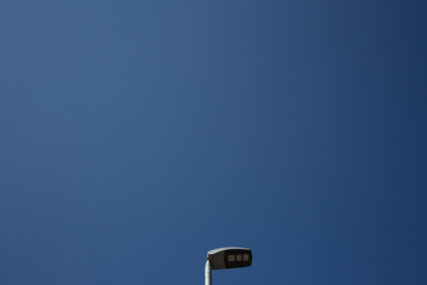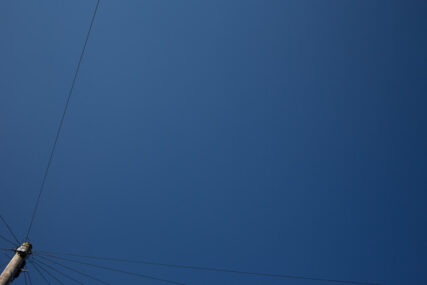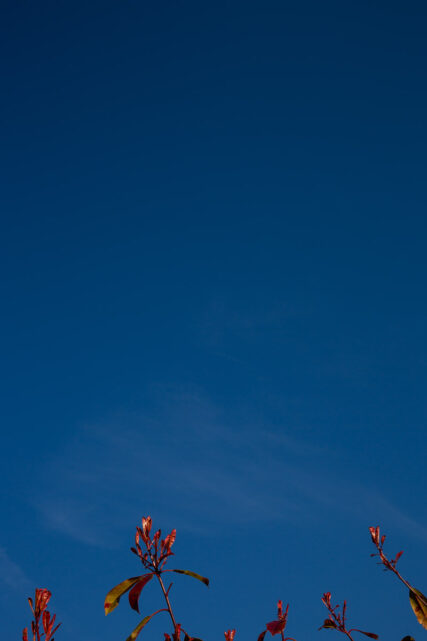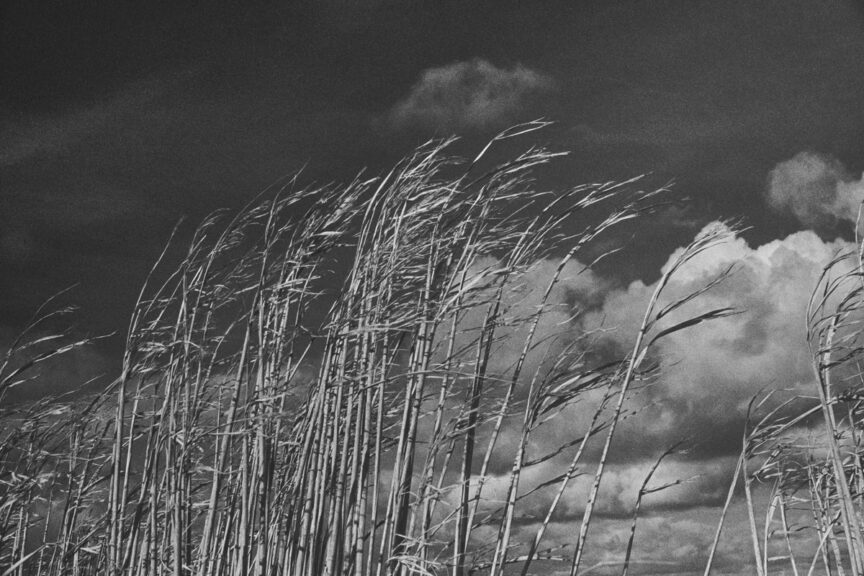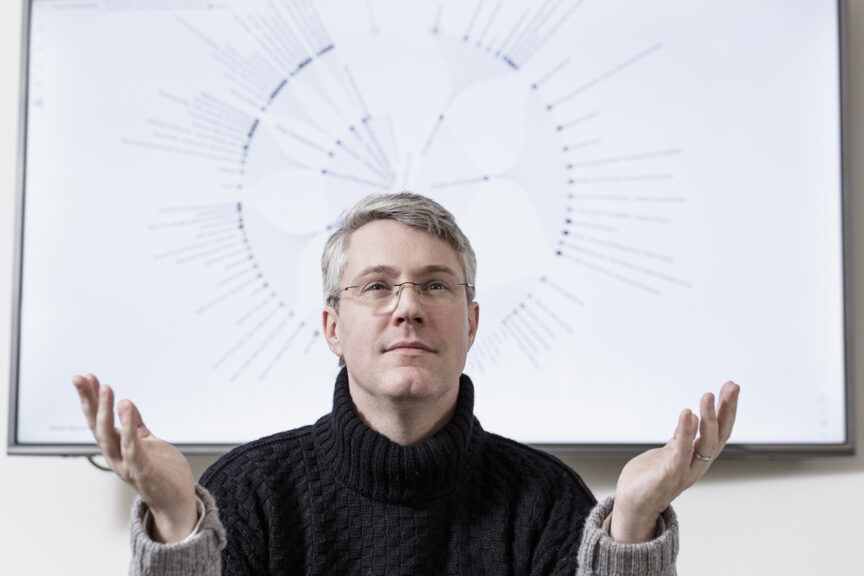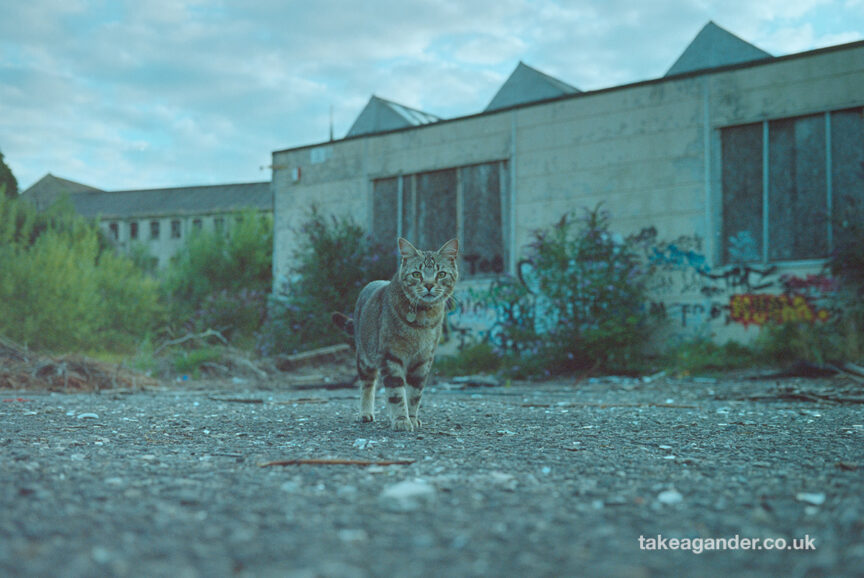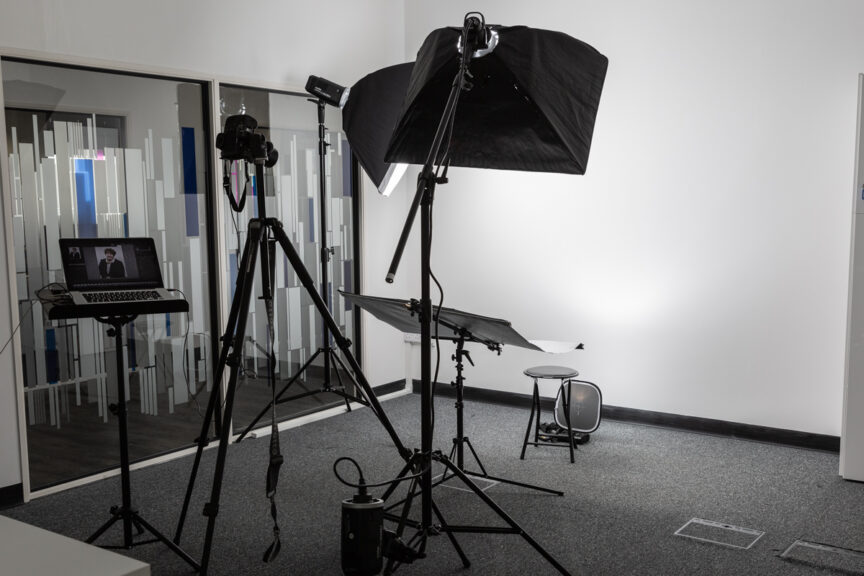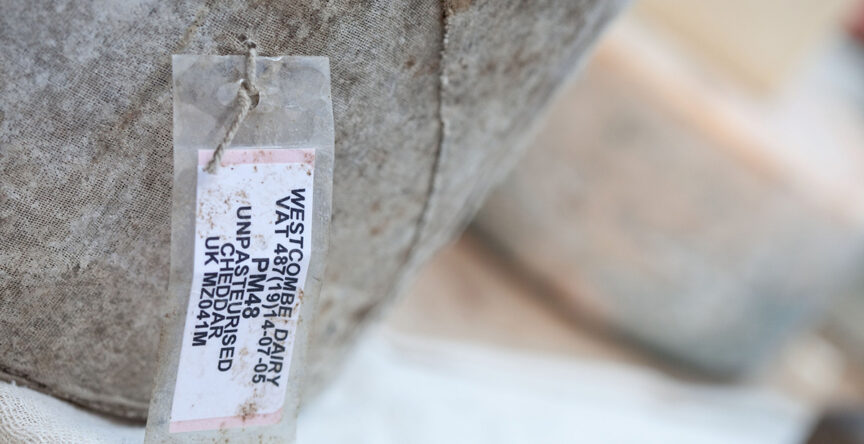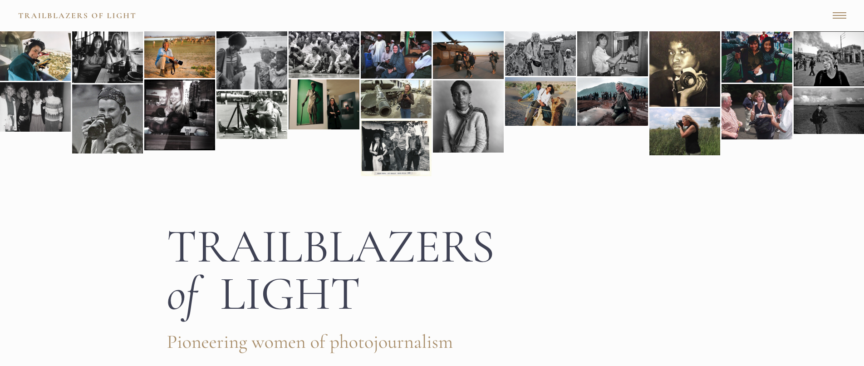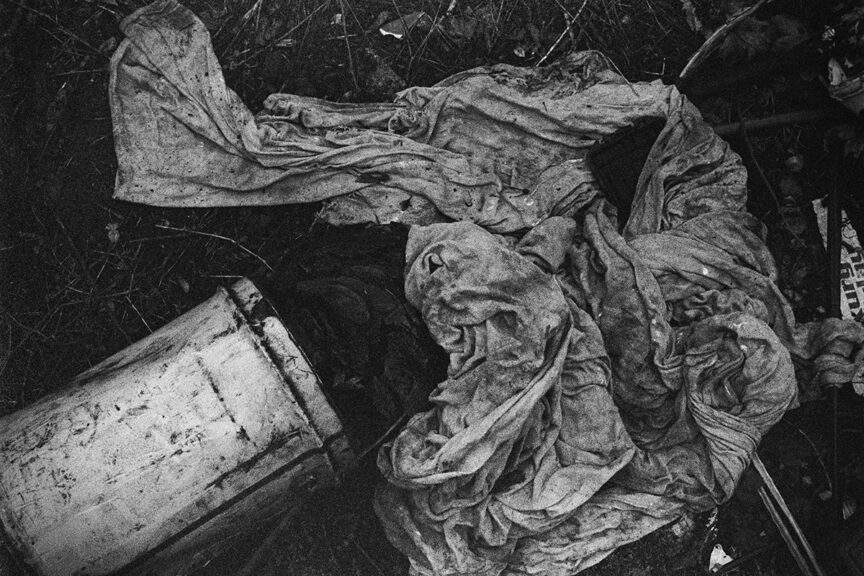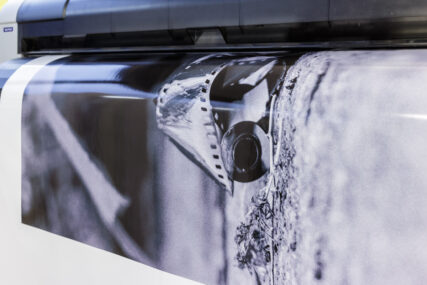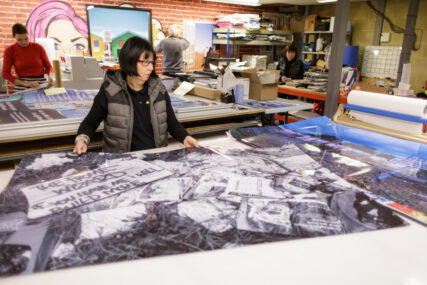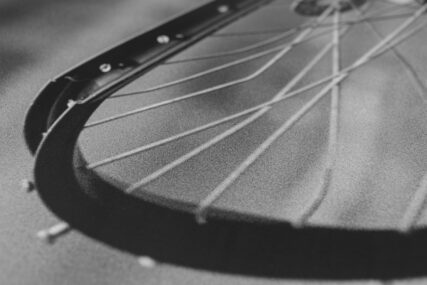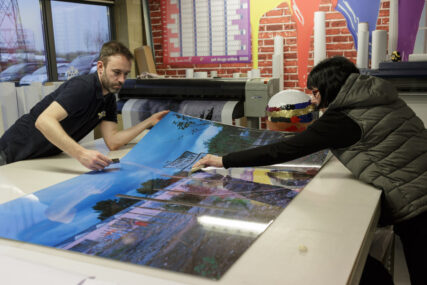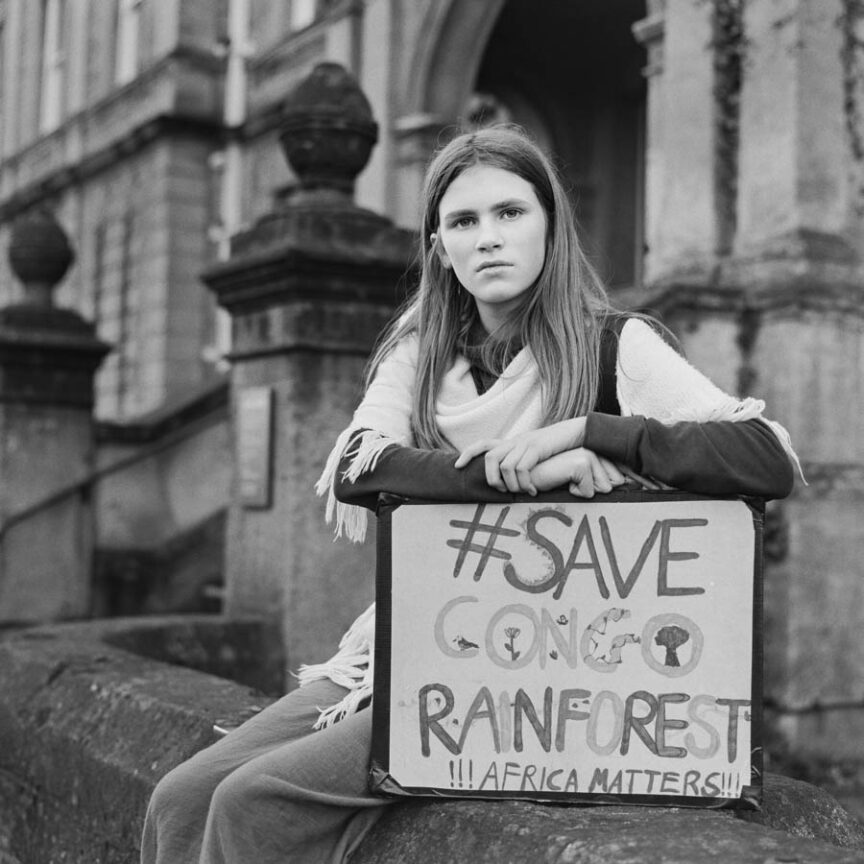Finding a photographer is as easy as finding cheddar cheese in Cheddar, and in case you were unaware; Cheddar is an actual place and it’s where cheddar cheese originally came from before everyone from the Irish to the Azerbaijanis decided to make “cheddar cheese” themselves and flood the market with their filth. Even so, there is an awful lot of cheddar in Cheddar and it’s easy to find, trust me.
Sorry, I digress. It’s just that living in Somerset, about 30 minutes from Cheddar, I’m a little fussy about where my cheddar comes from. Although, at the risk of prolonging this needless digression further, there’s an excellent Somerset brie which I highly recommend. Apologies to Brieland.
Right, back to my point… which was? Oh yes, photographers are easy to find (yes, I said that already, get on with it Tim!) But actually, like cheddar, not all photographers are the same. Just like Canadian cheddar, there’s a lot of rubbish out there (sorry Canadaland, but your cheddar is pants*). And even amongst the really excellent cheddars, not every cheddar will suit your pallet, just as not every excellent photographer will suit your requirements.
Some cheddars are creamy, smooth and mild. Others are crumbly, borderline gritty with a bite that gives you that weird stinging sensation at the back of your jaw. I actually love a strong cheddar, but it’s not to everyone’s taste and it doesn’t suit all occasions.
So what I’m saying is, yes it’s easy to find a photographer, but make sure they shoot what you need in the style you need it. There is rarely any merit in hiring a wedding photographer to shoot your corporate website (I accept a few exceptions to this rule, but only very few). Likewise, I really don’t ‘do’ food. For that you need a food photographer, who will have all the tools, both mentally and in terms of equipment, to make your dishes look mouthwatering. Hire me to photograph your food and I’ll probably just eat it. It’s also well known I don’t do weddings. Why would I when there are some superb wedding specialists out there?
When hunting out the best photographer for your job, you’ll probably start with a search using the terms for the kind of photographer you’re after, eg: business, portrait, photographer, Bristol, or whatever. This will return MANY sites to consider and you’ll probably want to start by quickly dismissing the part-time photographers, the wedding photographers and the “I have a camera and will literally point it at anything you want me to” photographers.
This is no easy task, but usually a few moments spent looking through their online portfolios will tell you whether or not they do what you need AND are competent at it. Also if a portfolio is a scattergun of different genres, subjects and styles, you might want to move on as this can suggest either that the photographer is not consistent in their field, or that they’ve been stealing other peoples’ photos to build their own portfolio. Perhaps shocking in the age of the internet, but yes this does happen.
It’s taken me years to find the right cheddar for my tastes. I like Wyke Farm Extra Mature for everyday eating and for recipes, while I’ve yet to find a cheddar which quite matches the joy of Westcombe Dairy’s prize-winning offering. So having found my favourites, I stick with them. The same can go for your photographer if it’s a case of shooting the same subject or genre of photography and the photographer shoots to the style and quality which matches your standards.
Just as you can constantly chop, change and shop around for your cheddar cheese, you can constantly chop and change your choice of photographer. However, if your corporate communications end up looking like a ragtag of styles and qualities, well that’s just hard cheese.
*I’m using the UK definition of ‘pants’ as in ‘underwear’. Yes, Canada, I’m sorry, but your cheddar tastes like grey y-fronts. I love Canadians though, and they make the best maple syrup.

